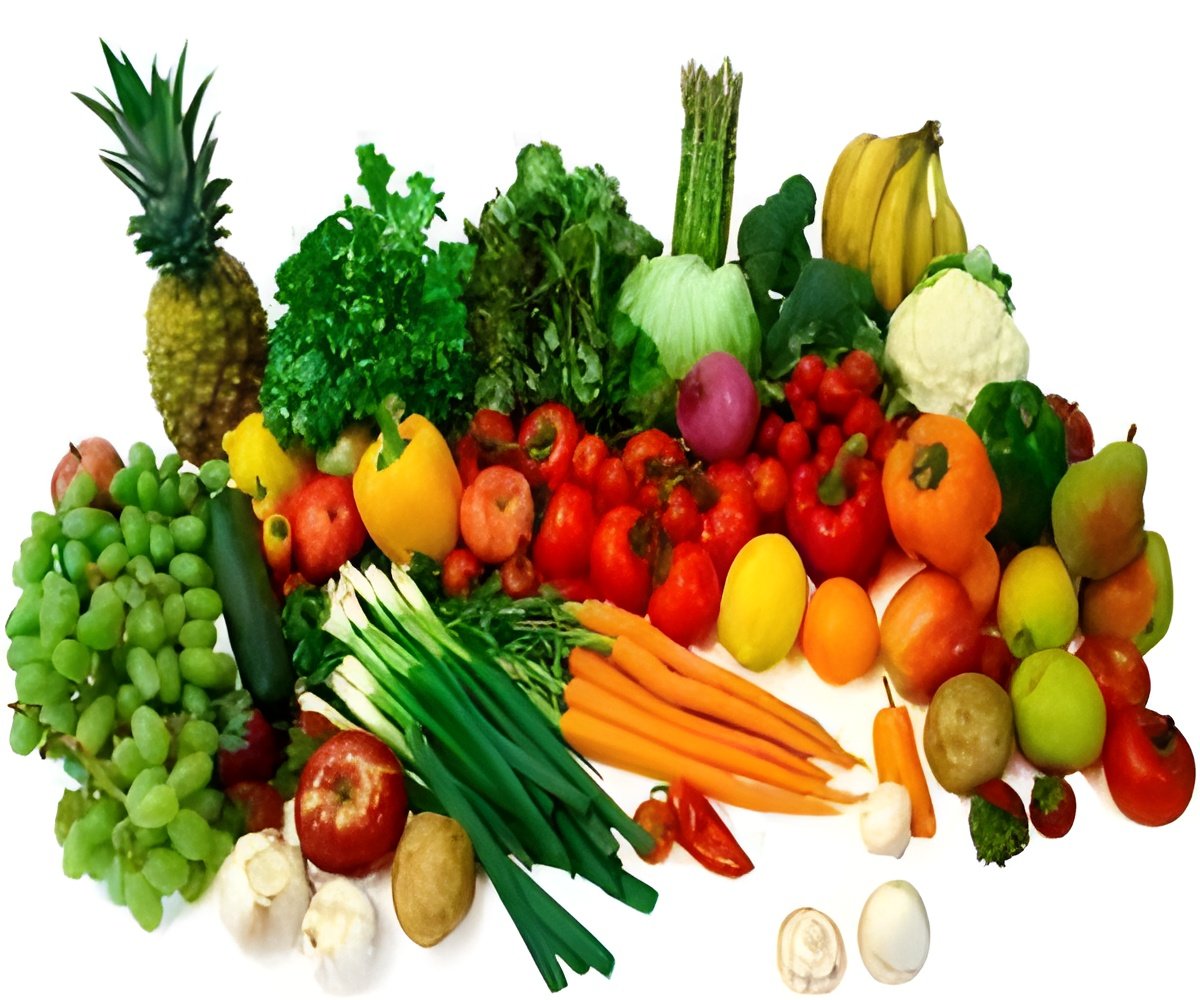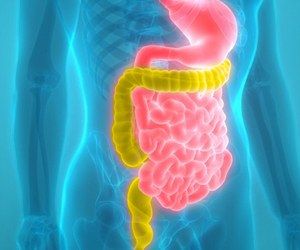
Phthalates and bisphenol A (BPA) are synthetic endocrine-disrupting chemicals. Previous studies have linked prenatal exposure to phthalates to abnormalities in the male reproductive system. Associations have also been shown between fetal exposure to BPA and hyperactivity, anxiety, and depression in girls.
The researchers compared the chemical exposures of 10 families, half who were given written instructions on how to reduce phthalate and BPA exposures, handouts developed by the national Pediatric Environmental Health Specialty Units, a network of experts on environmentally related health effects in children. For five days the other families received a local, fresh, organic food catered diet that was not prepared, cooked or stored in plastic containers
When the researchers tested the urinary concentrations of metabolites for phthalates and BPA, they got surprising results. The researchers expected the levels of the metabolities to decrease in those adults and children eating the catered diet.
Instead, the opposite happened. The urinary concentration for pthalates were 100-fold higher than the those levels found in the majority of the general population, The comparison comes from a study conducted by the National Health and Nutrition Examination Survey (NHANES), a program of studies managed by the Centers for Disease Control and Prevention and designed to assess the health and nutritional status of adults and children in the United States. The concentrations were also much higher for children as compared to the adults.
Then, the researchers tested the phthalate concentrations in the food ingredients used in the dietary intervention. Dairy products—butter, cream, milk, and cheese—had concentrations above 440 nanograms/gram. Ground cinnamon and cayenne pepper had concentrations above 700 ng/g, and ground coriander had concentrations of 21,400 ng/g.
Advertisement
Using the study results, the researchers estimated that the average child aged three to six years old was exposed to 183 milligrams per kilogram of their body weight per day. The U.S. Environmental Protection Agency's recommended limit is 20 mg/kg/day.
Advertisement
Source-Eurekalert









